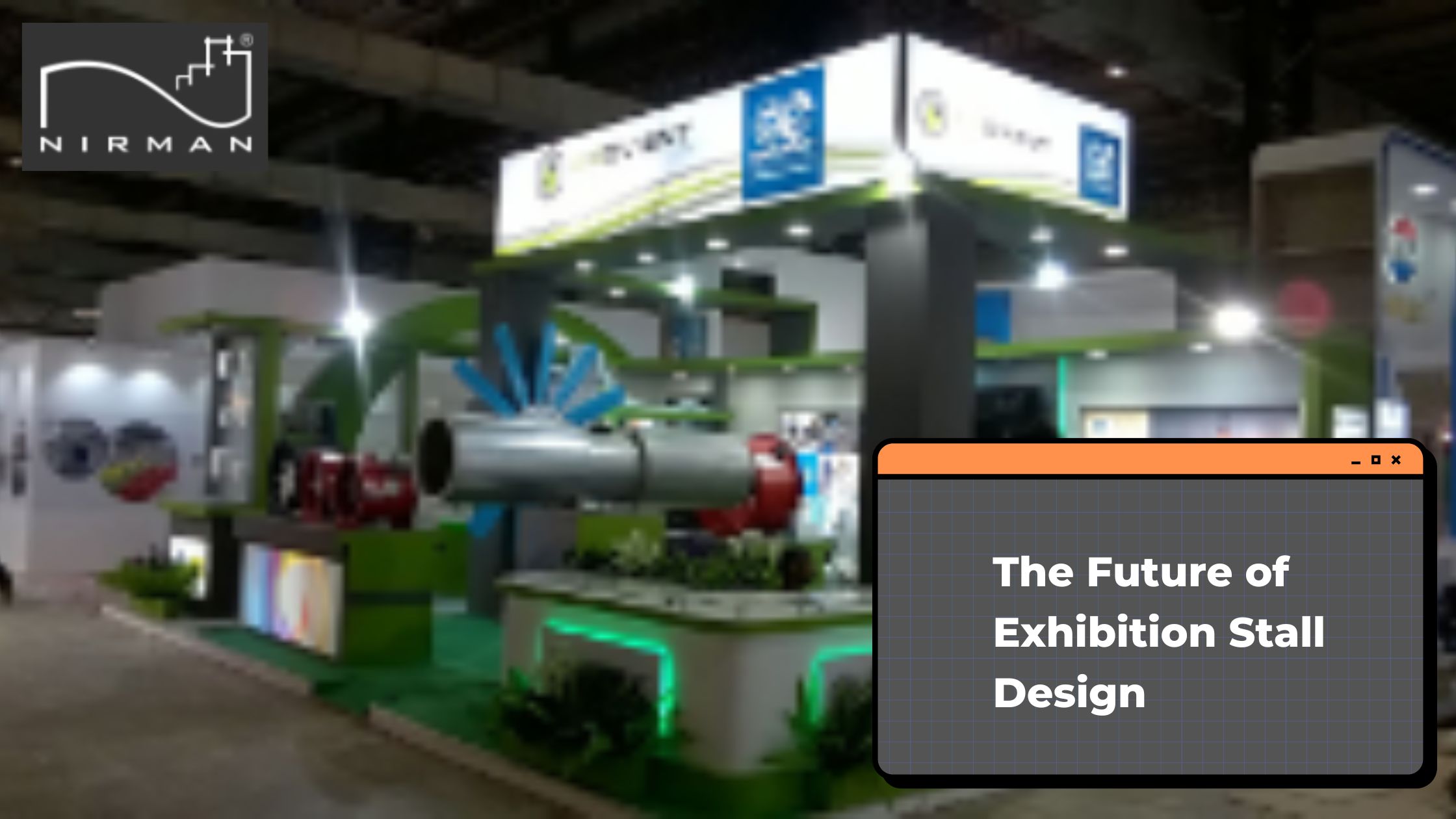
The future of exhibition stall design is likely to be influenced by several emerging trends and technological advancements. Here are some key aspects that may shape the future of exhibition stall design:
Technology Integration:
Augmented Reality (AR) and Virtual Reality (VR): These technologies can be integrated into exhibition stalls to provide immersive and interactive experiences for visitors. AR and VR can be used to showcase products, offer virtual tours, and engage attendees in unique and memorable ways.
Interactive Displays: Touchscreens, holographic displays, and interactive projections can create dynamic and engaging presentations, allowing visitors to actively participate and explore the content.
Digital Signage: Large LED screens, video walls, and dynamic digital displays can be used to convey information, showcase products, and create visually stunning presentations.
Sustainability and Eco-Friendly Design:
With an increased focus on sustainability, exhibition stall designs are likely to incorporate eco-friendly materials, energy-efficient lighting, and modular structures that can be reused for multiple events.
The use of sustainable design practices, such as green roofs, recycled materials, and energy-efficient technologies, will become more prevalent in exhibition stall construction.
Adaptive and Modular Designs:
Modular designs allow for flexibility and adaptability, enabling exhibitors to customize their stalls based on the specific requirements of different events. This not only reduces costs but also promotes sustainability.
Customizable and modular components, such as movable walls, interchangeable graphics, and flexible layouts, will become more popular for their versatility.
Data-driven Design:
Exhibitors may use data analytics to understand attendee behavior and preferences. This information can inform booth layouts, content presentation, and overall design to enhance engagement and interaction.
Integration of technologies like RFID (Radio-Frequency Identification) or beacons can help track attendee movements and interactions within the exhibition space, providing valuable insights for future designs.
Biophilic Design:
- Incorporating elements of nature into exhibition stall designs, known as biophilic design, can create a more inviting and comfortable atmosphere. This may include the use of natural materials, greenery, and sustainable landscaping.
Personalization:
- Tailoring exhibition experiences to individual preferences can enhance engagement. Personalized content, interactive experiences, and targeted messaging can be integrated into exhibition stall designs to create a more meaningful connection with attendees.
Integration of 5G Technology:
- The rollout of 5G networks can enable faster and more reliable connectivity, facilitating real-time interactions, live streaming, and seamless integration of cloud-based applications within exhibition stalls.
As technology continues to advance and sustainability becomes a greater concern, the future of exhibition stall design is likely to be characterized by innovative, interactive, and environmentally conscious approaches.
